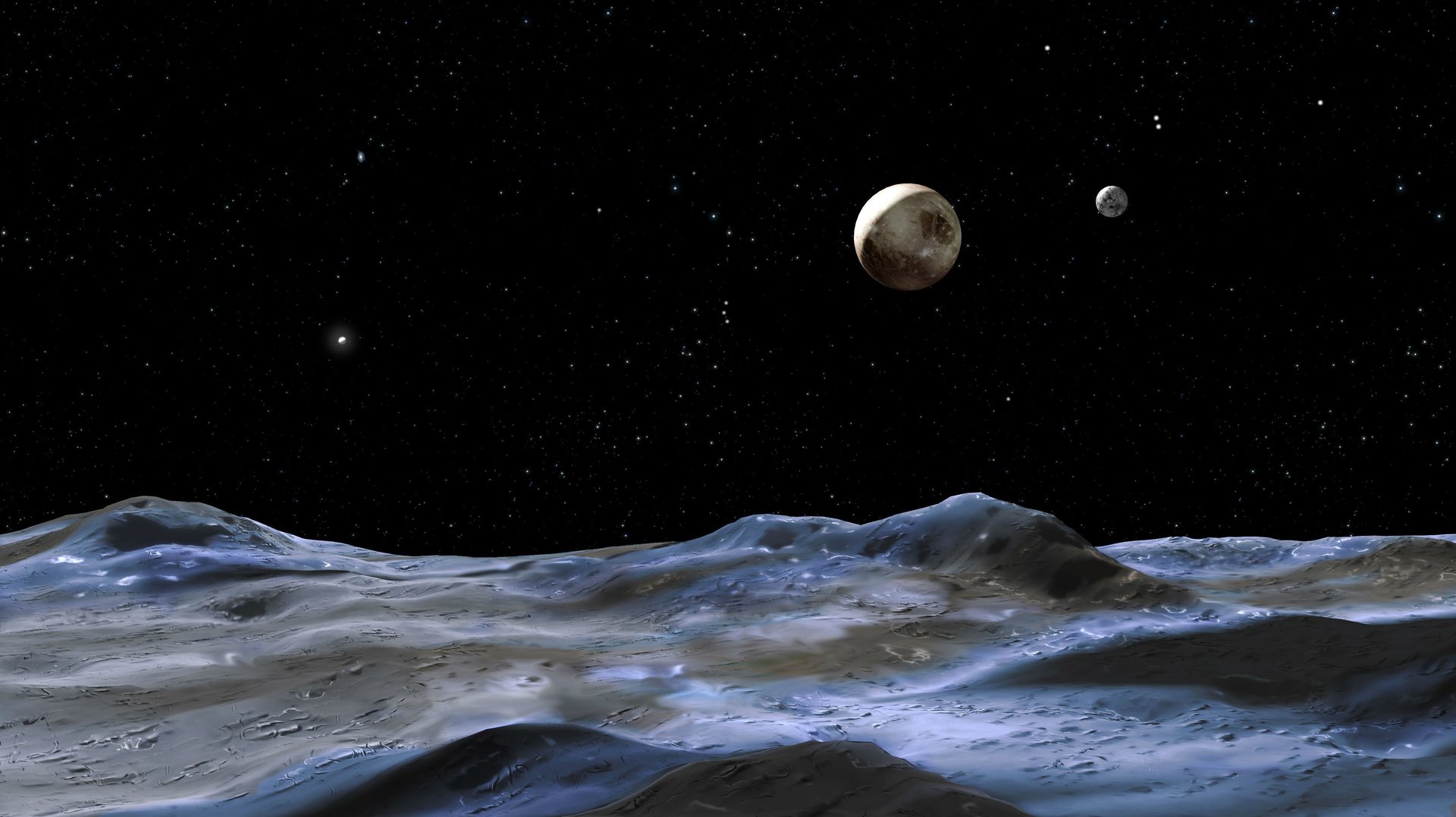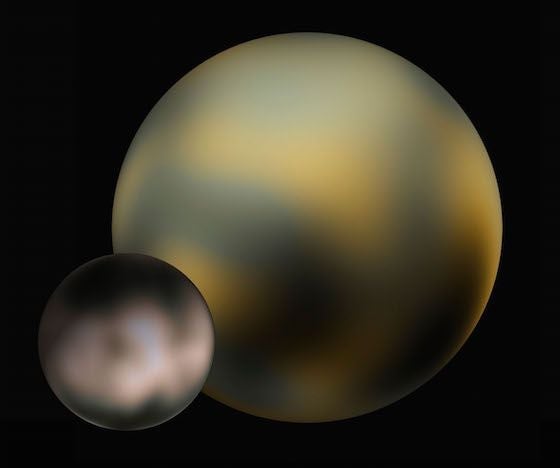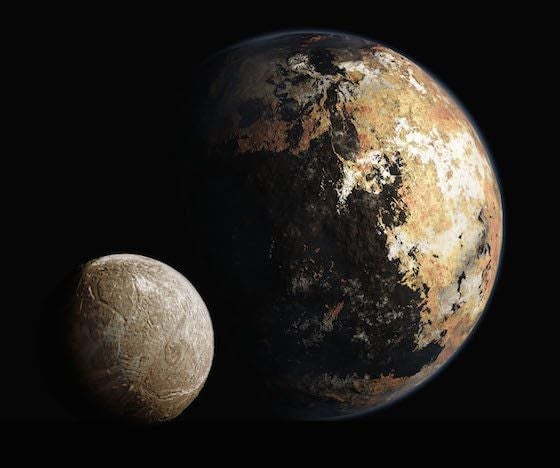NASA wants us all to help name new geological discoveries on Pluto
NASA’s New Horizons spacecraft will fly past Pluto on July 14, giving humanity its first real look at the surfaces of the dwarf planet and its largest moon, Charon. Up until now, we’ve had to settle for hazy, nondescript images of Pluto, like this one:


NASA’s New Horizons spacecraft will fly past Pluto on July 14, giving humanity its first real look at the surfaces of the dwarf planet and its largest moon, Charon. Up until now, we’ve had to settle for hazy, nondescript images of Pluto, like this one:

But once New Horizon flies by, Pluto will look something like this:

The flyby will be so quick that the New Horizons team won’t have time to come up with their own names for the newly discovered geological features, so they want your help compiling a library in advance. SETI Institute is soliciting nominations from the general public and will then submit them to the International Astronomical Union, the organization that officially names features on planets and moons in our solar system.
The names must fall under the general theme of “exploration.” They can be explorers, both real (Cousteau) and fictional (Frodo), scientists and engineers, fictional worlds (Mordor) or vessels (Argo), or authors of exploration (Tolkien). Alternatively, they can be locales, deities, or travelers of the Underworld. Here’s SETI’s full guide for naming, which details how you can vote and lists copious potential submissions for each category.
Voting ends April 7. The New Horizons team will sort through their favorite nominations and submit them to the IAU, which will decide how to assign the names to the geological features on Pluto and Charon.
The IAU’s naming system is comically specific. For example, all freta (strait, narrow passages of liquid) on Saturn’s moon Titan must be named after characters in Isaac Asimov’s Foundation series of novels. Titan also already has a Doom Mons (Mount Doom), so scratch that idea if you had it in mind for Pluto. All mountains on Titan must be named after mountains in J.R.R. Tolkien’s Middle-earth. You can search this US Geological Survey database to see if your names are already taken by other geological features in our solar system.
This isn’t the first time astronomers have enlisted the public’s help to name space things: Last year the IAU asked for help labeling craters on Mercury. But this does seem to be the most comprehensive open ballot yet.